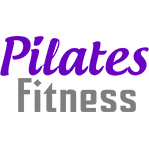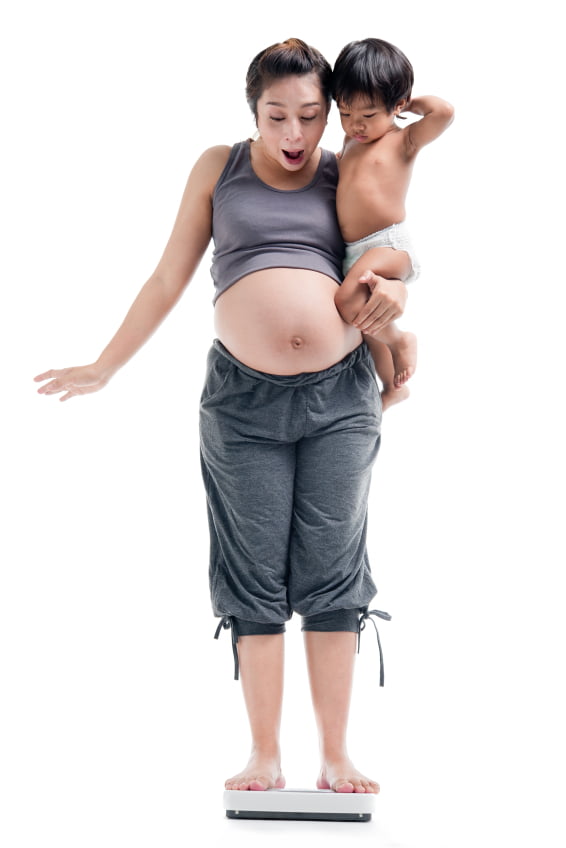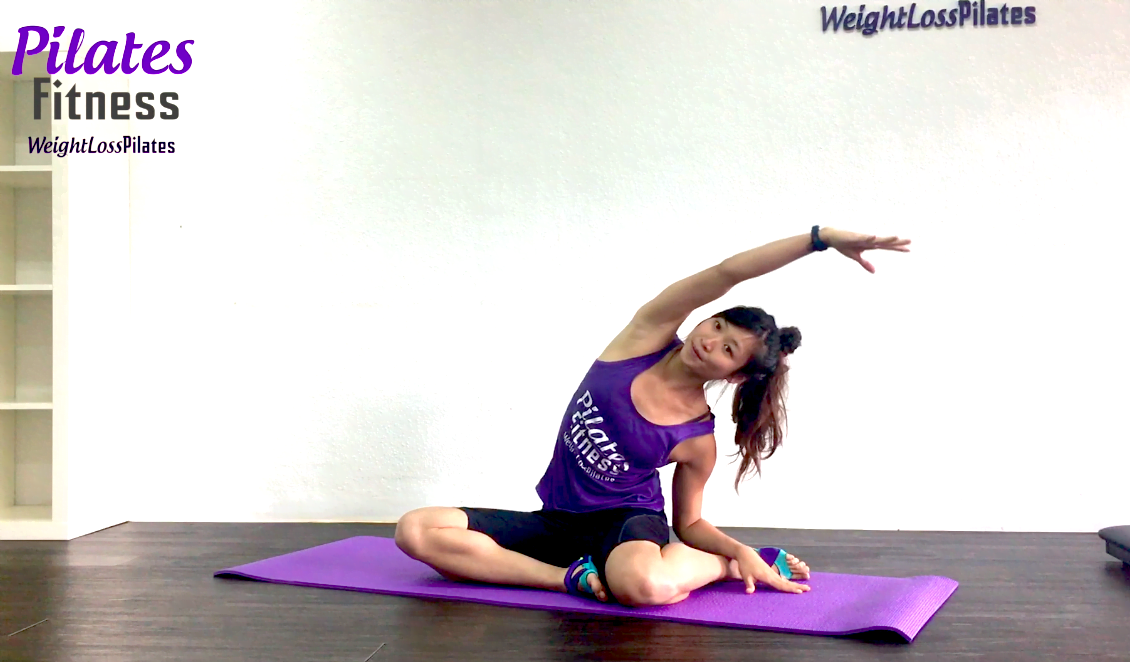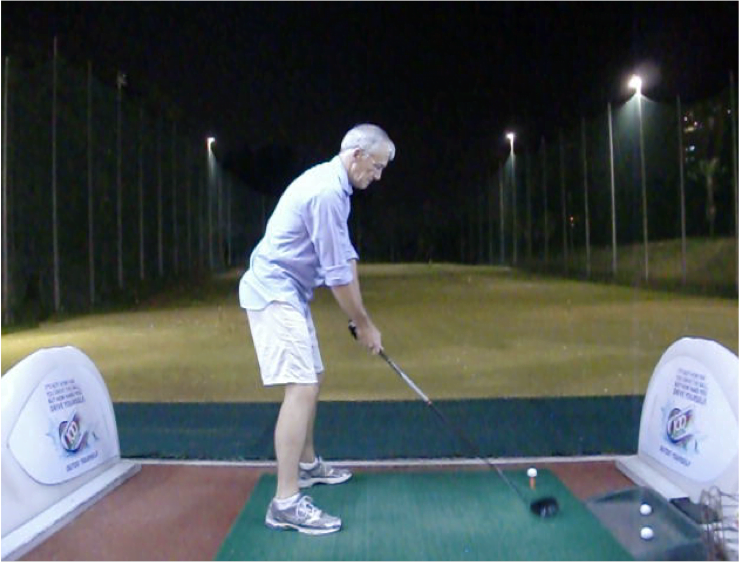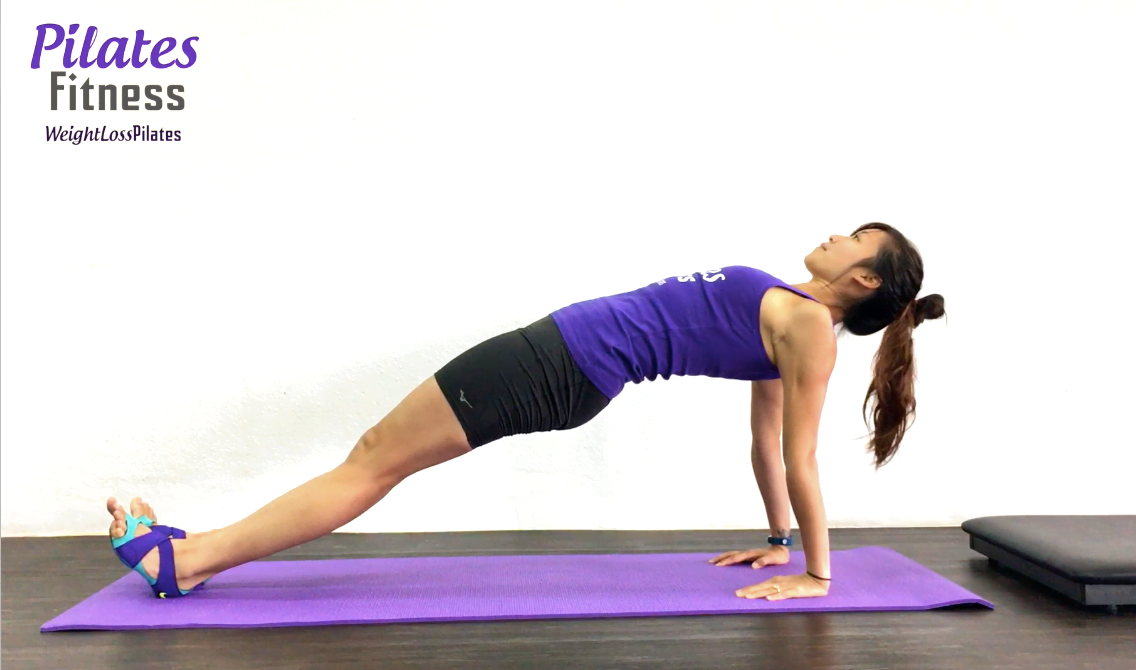03 Jan Can Pilates Really Help Me To Lose Weight?
Absolutely! Reformer Pilates is one of the most effective methods to lose weight especially for those who are obese or nursing an injury. The only thing to consider is that you may need a longer time to see results compared to other methods of losing...
